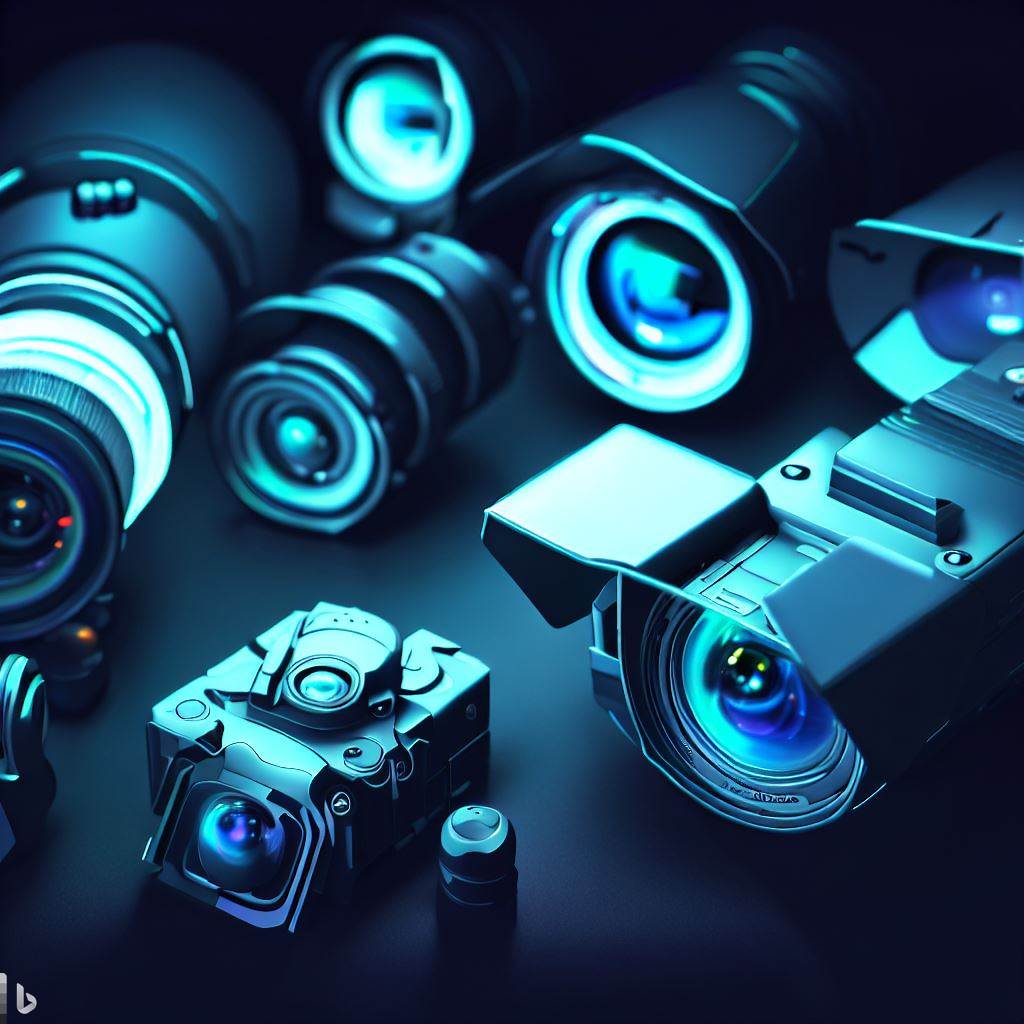

Night vision devices have come a long way in recent years, providing us with the ability to see clearly in the dark. But have you ever wondered if there are different generations of these incredible devices?
In this article, we will explore the various generations of night vision devices and how they have evolved over time. Whether you’re curious about the technology behind these devices or looking to purchase one yourself, stay tuned to discover the advancements in night vision technology.
Introduction
Night vision devices have revolutionized the way we see and navigate in low-light conditions. These innovative devices allow individuals to see clearly even in the darkest of environments, providing a significant advantage in various situations.
In this article, we will explore the different generations of night vision devices, their principles of operation, features, and limitations, to give you a comprehensive understanding of how these devices have evolved over time.
Overview of Night Vision Devices
Night vision devices, also known as night optics or night vision goggles, are electronic instruments that amplify existing light to provide enhanced visibility in darkness.
They work by collecting and intensifying minimal amounts of light through a series of lenses and image sensors.
These devices are widely used by military personnel, law enforcement agencies, hunters, wildlife observers, and outdoor enthusiasts.
First Generation Night Vision Devices
First-generation night vision devices are the earliest and most basic version of these instruments. They employ an image intensifier tube to amplify any available light, such as moonlight or starlight, to produce a visible image. The image is presented in shades of green, as this color is the easiest for the human eye to distinguish in low-light conditions.
1.1 Principle of Operation
First-generation night vision devices consist of four main components: an objective lens, an image intensifier tube, an eyepiece, and a power source.
The objective lens collects incoming light and focuses it onto the image intensifier tube. Inside the tube, photons strike a photocathode that emits electrons with the same pattern as the original light.
These electrons are then accelerated towards a phosphor screen, which converts the electrons back into visible light, creating an intensified image.
1.2 Features and Limitations
Despite being the oldest generation, first-generation night vision devices offer several advantages. They have a relatively low cost and are widely available in the market. They also provide a considerable increase in visibility compared to using the naked eye in darkness.
However, they have certain limitations, including lower image resolution, shorter battery life, and sensitivity to bright light sources that can cause blooming or flash blindness.
Second Generation Night Vision Devices
Second-generation night vision devices represent a significant improvement over their predecessors in terms of performance and image quality. These devices incorporate a microchannel plate (MCP) in the image intensifier tube, allowing for even greater light amplification and clearer images.
2.1 Improved Performance
The inclusion of the microchannel plate in second-generation devices results in greater electron amplification. This amplification process enhances the overall performance of the device, providing a brighter and clearer image with less noise and distortion.
Additionally, second-generation devices typically have a longer battery life, making them more suitable for extended use in the field.
2.2 Enhanced Image Quality
Second-generation night vision devices offer improved image quality compared to their predecessors. The use of the microchannel plate helps to minimize image distortion and increase clarity.
These devices often provide sharper and more detailed images, enabling users to discern objects and individuals more easily in low-light environments.
Third Generation Night Vision Devices
Third-generation night vision devices represent the latest advancements in night vision technology. They incorporate a gallium arsenide photocathode in the image intensifier tube, which further enhances the sensitivity and clarity of the image.
3.1 Superior Low-Light Performance
The addition of a gallium arsenide photocathode enables third-generation devices to capture and amplify even the faintest traces of light. This allows users to see in extremely low-light conditions where previous generations would have struggled. Such improved low-light performance proves to be highly advantageous in tactical operations, surveillance, and other critical applications.
3.2 Extended Lifespan
Third-generation night vision devices exhibit a longer lifespan compared to lower generations. The gallium arsenide photocathode provides greater durability and resistance to degradation, ensuring that the device maintains optimal performance over an extended period. This makes third-generation devices more reliable and cost-effective in the long run.
Summary
Night vision devices have come a long way since their inception. From the basic first-generation devices to the advanced third-generation ones, each generation has brought significant improvements in performance and image quality.
While first-generation devices offer an affordable entry point into night vision technology, second-generation devices deliver enhanced performance and image clarity.
Ultimately, third-generation devices represent the pinnacle of night vision technology, offering superior low-light performance and extended lifespan.
Whether you’re a professional in a high-stakes operation or an outdoor enthusiast seeking to explore the mysteries of the night, night vision devices have something to offer for everyone.
Top Night Vision Goggles of 2023: Expert Reviews and Buying Advice
The Ultimate Guide to the Top 5 Night Vision Binoculars for Hunting
Top 5 Night Vision Monoculars for Hunting in 2023 | Best Rating
GOSKY BAK4 Angled Night Vision Scope Review for Hunters
How Do I Minimize Noise When Using Night Vision For Hunting?





